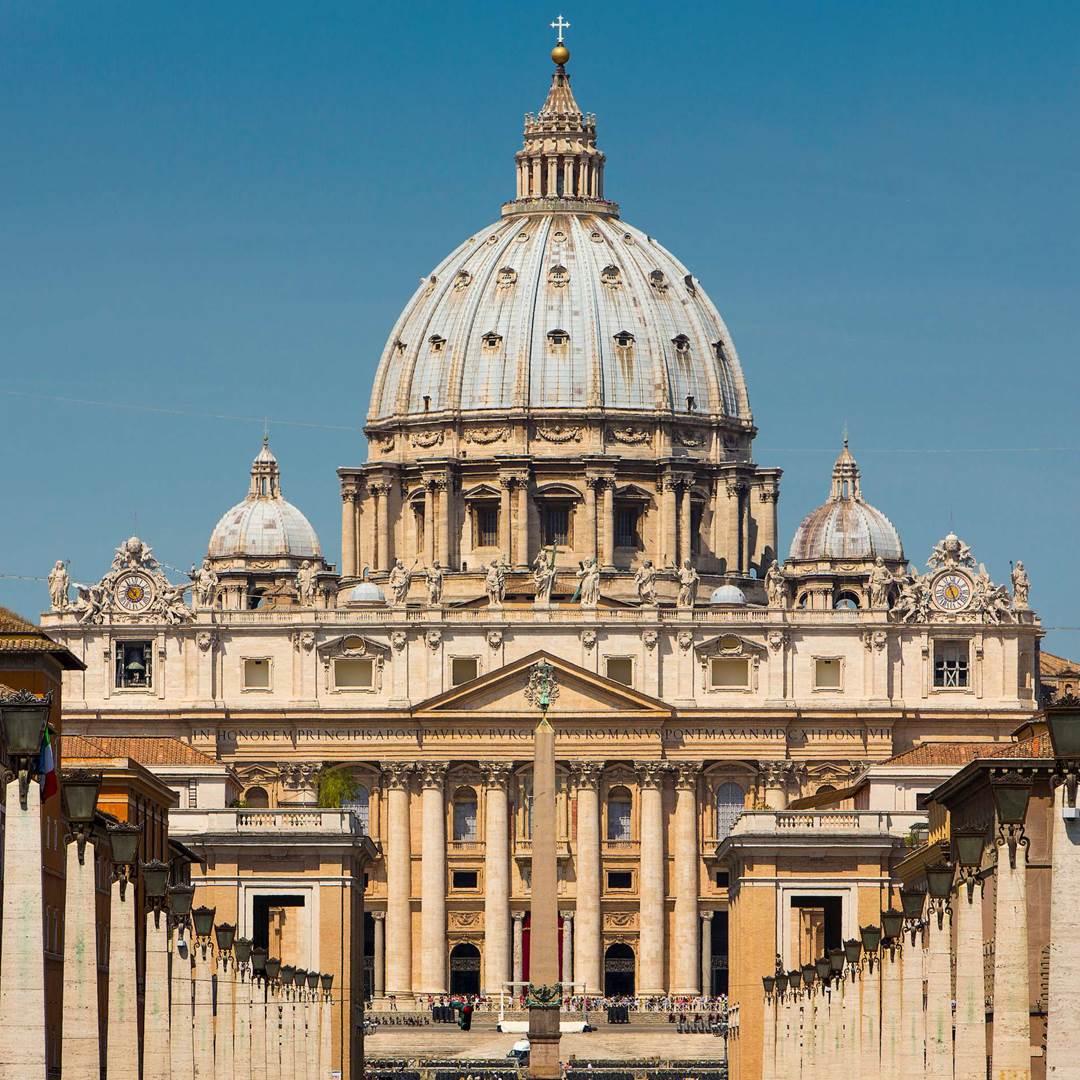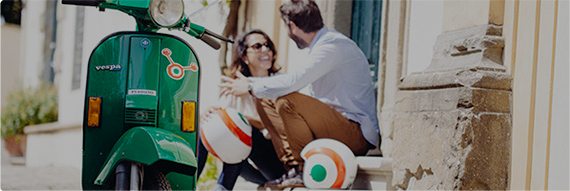The Fascinating Story Behind the Renaissance Icon: The Statue of David
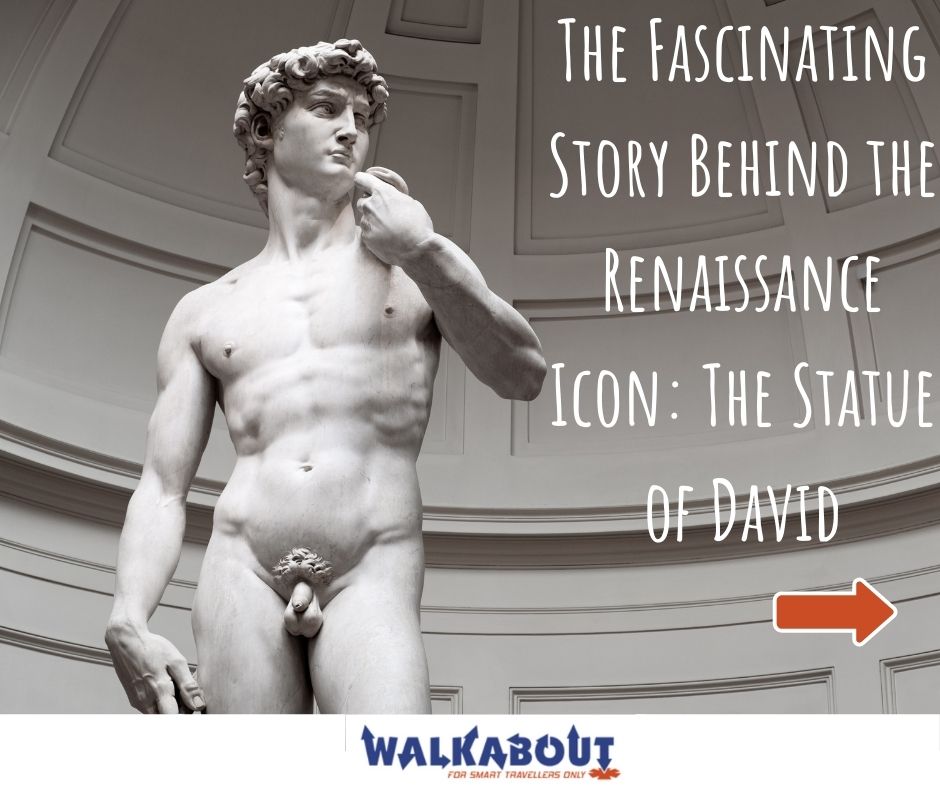
I speak from experience when I say that there is nothing quite so breathtaking as seeing the Statue of David in the flesh. You can visit the replicas and admire the photos, but when you purchase your Accademia gallery tickets and witness the real thing you’ll be nothing short of overwhelmed. Stature, detail and the sheer size strike you first, but, as you take a step back and consider the workmanship, the history and the age of this magnificent piece of art, the enormity of its creation soon becomes apparent.

Michelangelo’s David has captured the hearts of people all over the world for centuries and it is no secret that it is considered to be one of art history’s most famous triumphs. Created by Michaelangelo in the first part of the sixteenth century it has since become an icon of the Italian Renaissance. To fully understand why it has gained such prestige, and why people flock to buy Accademia gallery tickets, however, we need to take a closer look at the context in which David came to fruition.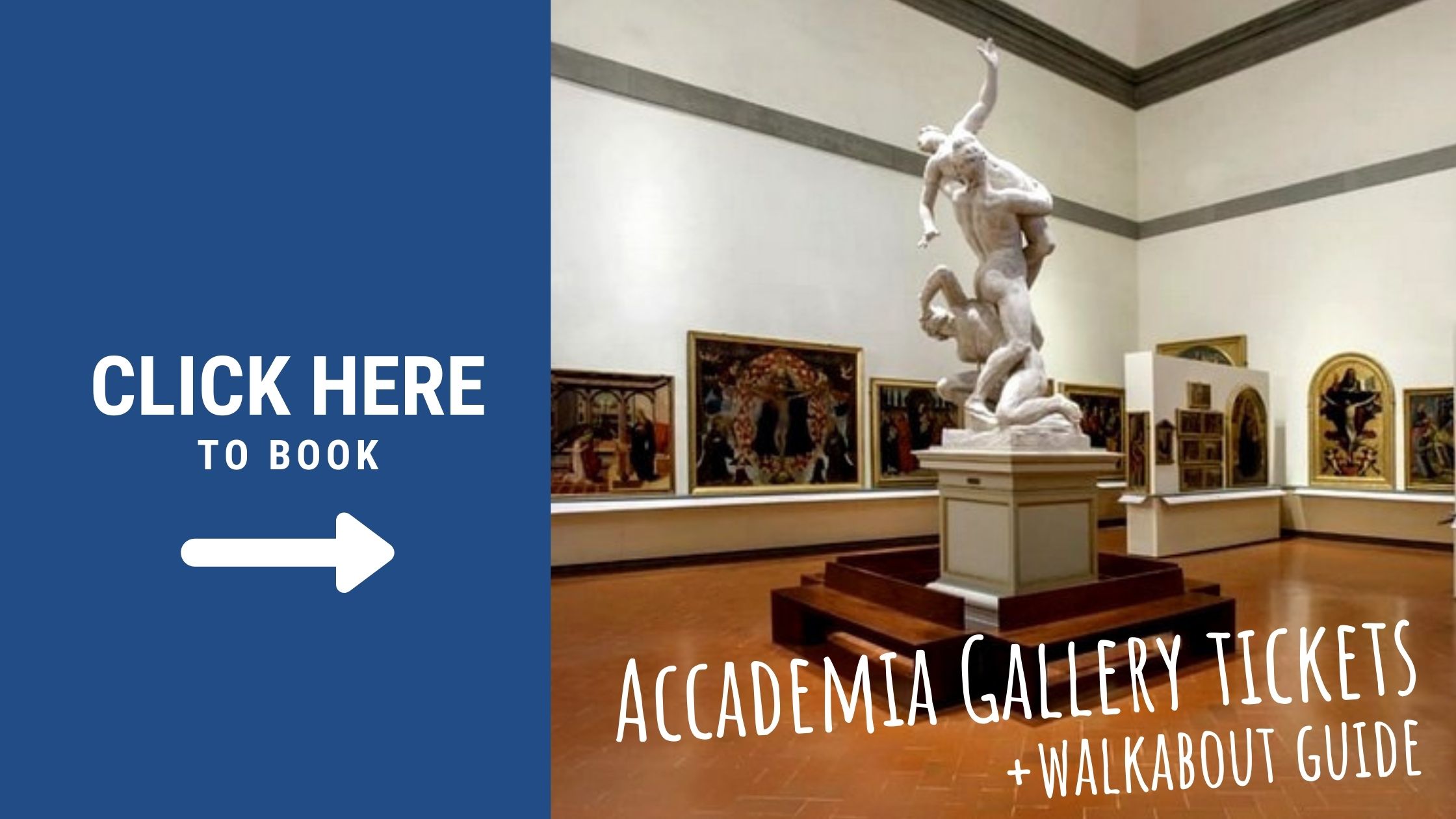
The History of the Stone
The material used to create the stunning artwork has a story all of its own and originally it was destined for a completely different fate. Agostino di Duccio, another emerging artist at the time, had been commissioned by the Operai (the Office of Works of the Florence Cathedral) to sculpt an Old Testament prophet for the buttresses of the Duomo, from a huge block of marble that had come down from a quarry in the Apuan Alpine town of Carrara. Agostino apparently failed in his mission and his contract ended in 1466. At this point the huge piece of exquisite marble had been nicknamed Il Gigante, or the Giant.
Il Gigante
Pretty much forgotten until 1501, Il Gigante was simply referred to as a version of the Old Testament figure, David. It’s hard to believe that it took a 26-year-old from a tiny Tuscan town near Arezzo to turn this around and, in doing so, create the most defining piece of art in the history of the Renaissance. Despite his youth, Michelangelo had already made his name as the best-paid artist in the Renaissance times. He turned his talents to painting, sculpting and poetry but was also a skillful architect and draftsman, and a friend of many influential people at the time.
After Michaelangelo completed his incredible Pièta, in Rome, he headed to Florence to start work on the mighty Il Gigante: the depiction of the warrior who famously struck down the giant, Goliath.
The Creation of David
The representation of David depicted by Michelangelo was a bold deviation from what was considered the norm; there is no severed bloody head of Goliath either held aloft or laid at the feet of the slayer, as you might see in other images, but instead the artist chose to create David in the moments before he committed the deadly deed. The physically beautiful young man stands strong and dominant and yet poised in contemplative thought. His pose, known as the contrapposto (counter pose), with one leg taking most of his weight, complements his tilted pelvis and curved body, which sensually creates an S shape though his back. He is a pillar of strength and focus, emphasising a powerful elegance.
Relationship Between the Sculptor and the Art
There’s no doubt that artists form a connection with what they are working on, but in the case of Michaelangelo and David, that relationship was intense and comparable to hero worship. Evidence shows that the artist wrote on one of his sketches, “David with the sling/And I with the bow”. He compared the stone masonry drill he used to the slingshot that his hero used to kill Goliath, and he drew similarities between himself and the idealistic shepherd boy who was the only one courageous enough to take on the Philistine warrior.
Completion
The statue was finished in 1504 and came in at a majestic 17-feet tall. Working mainly in secret, Michelangelo spent his days toiling alone and was very specific with whom he revealed his progress, but in the January of the year of completion, the artist presented the finished piece to members of the Cathedral Works board.

Interesting Fact: After having to knock down an archway in the artist’s studio to extract the enormous piece of sculpted stone, it took around 40 men several days to push the statue (on a wooden cart) to the Palazzo Vecchio.
Everyone who saw it was astounded by its elegance, grace and beauty. They believed unanimously that David should not be fixed 260-feet above the ground on the Duomo’s facade, but instead be placed somewhere much more prominent. A committee that included famous names such as Leonardo da Vinci eventually decided that a position close to the entrance to the Palazzo Vecchio, the political centre of the city, would be much more appropriate.
Fact: David became a symbol that represented the Florentine Republic’s ability to defeat its enemies using intelligence and clever strategy rather than just the force of military might.
Even once in place, the masterpiece was subject to finishing touches. The artist continued adding finer details and the supporting tree stump and the sling were bronze gilded for effect.
David Today
After occupying its original site until 1873, the statue was moved to the Galleria dell’Accademia, the wonderful museum that is a must-see on any trip to Florence. No longer gilded because of the continuous exposure to the elements, the masterpiece is now protected from any further weathering.
Critics continue to debate the details that make up the artwork and some say that David’s right hand and his head are out of proportion, but they believe that this was deliberate; originally the statue was to be positioned high above ground and it was thought that Michaelangelo accommodated for this by accentuating some of the key features. Other experts say that the reason for the disproportionate features is that the artist wanted to draw attention to the head and the hand to symbolise how intelligence and strategy played a bigger role in the victory rather than the use of the sling - a philosophy that the city wanted to uphold.
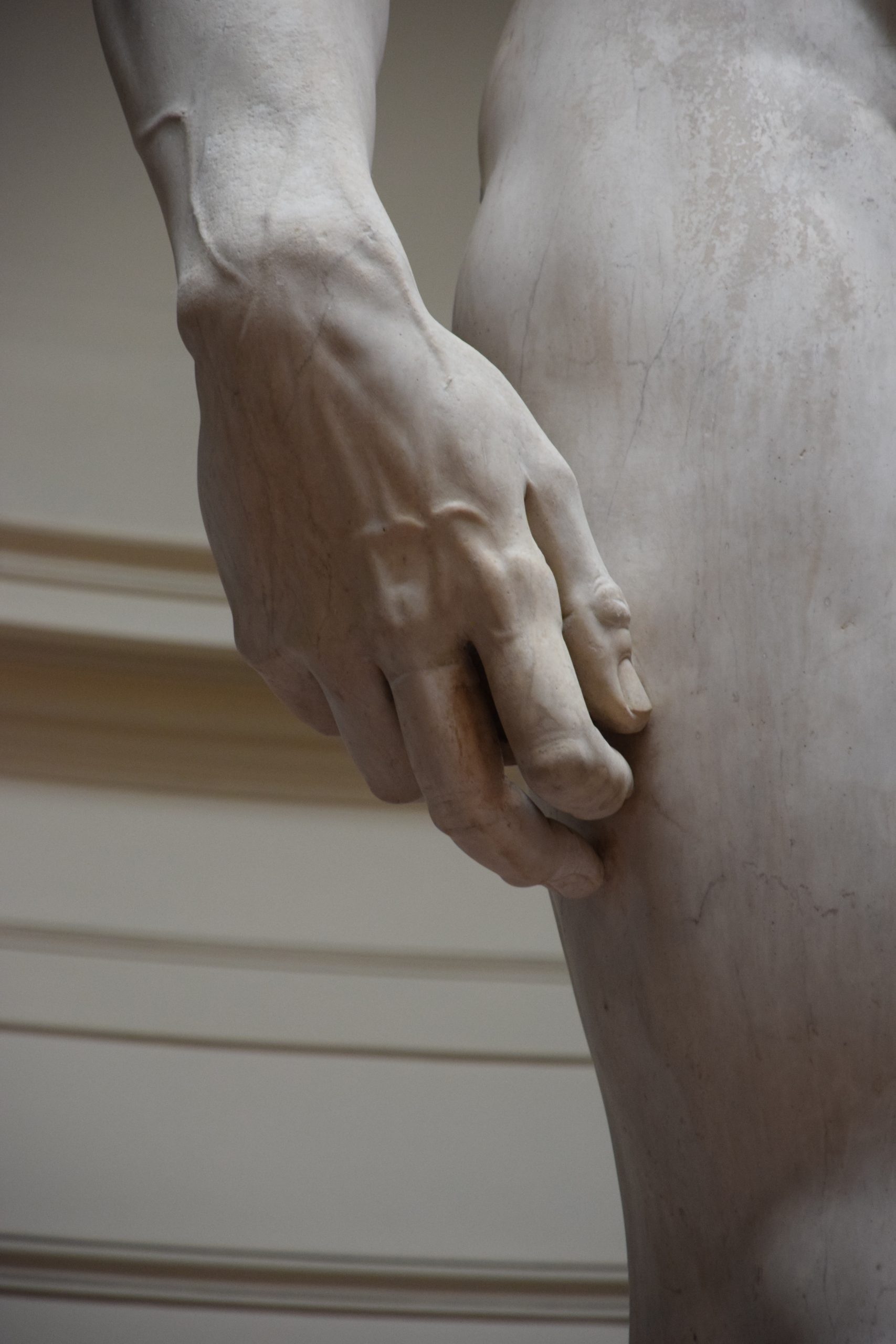
There are several replicas of David in the city, and the one that stands in the original location outside the Palazzo Vecchio is very impressive, but there really is nothing that equates to experiencing the real thing. Visit the museum with Walkabout Florence and we will organise your Accademia gallery tickets in advance for you. As you enter, the Statue of David is backlit by a skylight that adds to the ambiance and emphasises the grandeur of what you see before you, an image that is destined to stay with you always.
We Are Walkabout Florence
Here at Walkabout Florence, we offer a range of wonderful day trips in and around the city. We pre-book Accademia gallery tickets and entrance tickets to other museums too, so you don’t have to worry about any of the logistics. Our guided tours of the museums are especially worth it if you want to avoid the queues and get the most out of your time inside. Whether you want to discover the city’s art and culture, taste the famous wines of Chianti or discover the magic of the Cinque Terre, we have the guides and the knowledge to help you get the most from your visit. Contact us to find out more and let us help you decide on which tour is best for you, whether it be in the city itself or in the stunning area that surrounds it.





